


Jeff W.
gamer level 8
39164 xp
39164 xp
followers
65
65
Use my invite URL to register (this will give me kudos)
https://boardgaming.com/register/?invited_by=docangst
profile badges




recent achievements

Master Grader
Grade 2000 more reviews or tips by clicking "Yes" or "No" in response to the question "Was this helpful?"
Grade 2000 more reviews or tips by clicking "Yes" or "No" in response to the question "Was this helpful?"

Tactician
Submit 20 game strategies and get 680 positive ratings.
Submit 20 game strategies and get 680 positive ratings.

Senior
Earn Professor XP to level up by completing Professor Quests!
Earn Professor XP to level up by completing Professor Quests!

Lookout
Follow a total of 30 other gamers.
Follow a total of 30 other gamers.
Player Stats
Critic (lvl 3)
1365 xp
1365 xp
Explorer (lvl 5)
6111 xp
6111 xp
Professor (lvl 4)
1606 xp
1606 xp
Reporter (lvl 4)
1864 xp
1864 xp
About Me
I'm a CCG player (Legend of the Five Rings) who has wholeheartedly embraced his social/casual gamer side as an extension of hanging out with my card gamer friends.



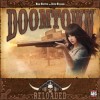







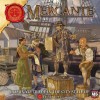



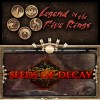
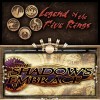

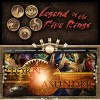
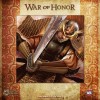




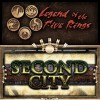
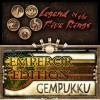


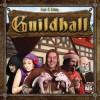


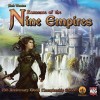




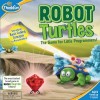

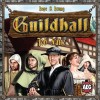
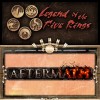
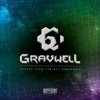

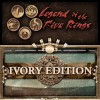

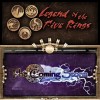





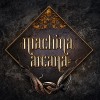







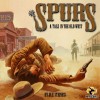


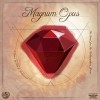



















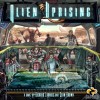













































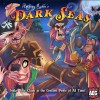







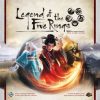

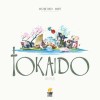























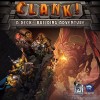
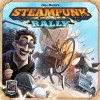


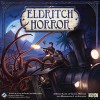




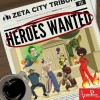




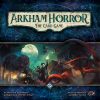


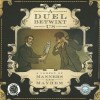

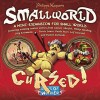

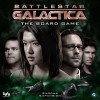


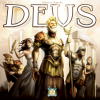
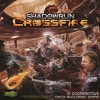








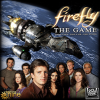
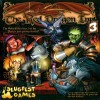
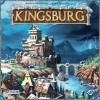


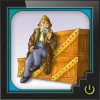



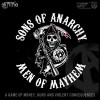

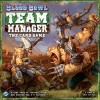

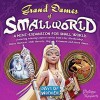








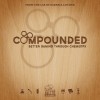




Legend of the Five Rings - Emperor Edition
Legend of the Five Rings (L5R): Emperor Edition is the eleventh base set for the L5R collectible card game. It signalled the beginning of the Emperor “arc” of competitive play, with all cards released having a small green “bug” at either the lower left or lower right corner of the text box to indicate legality for that arc (see here for an example).
From a design standpoint, Emperor Edition was meant to give multiple options to each of its nine clans immediately upon release of the base set. Starting with previews nearly a year before the release of the set, AEG teased each of nearly forty distinct themes, with four for each Great Clan and a few stragglers for the Unaligned factions. This was an ambitious but flawed undertaking: not all themes received useful cards equally, so there would be a disparity in balance. In addition, designing cards meant to work with a variety of specific keywords had the issue of individual card packs not being largely useful to players who wanted specific themes and decks. That being said, the multi-themed design led to some fun deckbuilding, and people who thought outside the box with their deck choices can be well-rewarded with fun gameplay. Splashing some light dishonor tech into a primarily military deck can be useful in buying crucial turns against a fast-paced honor deck, and so forth.
The L5R storyline going into Emperor Edition picks up about 25 years after the end of Celestial Edition. The Empire is rebuilding from the devastation of The Destroyer War; Empress Iweko I still reigns, with her two sons fostered to different Clans to shape their youth; Rokugan is expanding outside its borders for the first time, claiming the tropical ruins of a former kingdom as “the Colonies”. The grand bargain Iweko made with the newly minted Dark Lord of the Shadowlands has formalized the Spider Clan as the Empress’ Conquerors, who after a quarter-century are a part of everyday Rokugani life, whether the other Clans like it or not. The Emperor Edition narrative is one of change and possibility, where the situations faced by the citizens of the Empire are new, exciting, and terrifying.
The Emperor Edition product itself is markedly improved over its predecessor, Celestial Edition. Starter decks for a clan include all four base strongholds for that clan’s themes, the Clan Champion, a family House Guard follower, and a divine Guidance card (Celestials, a short-lived card type which provide either an ongoing or strong one-shot effect after entering play), as well as various other cards to support a single themed deck for that clan. There are also a rulebook, a story sheet, several small cardboard token sheets for tracking state changes to cards, and three booster packs to supplement the starter cards. The deck boxes for each clan feature a number of pieces of artwork related to that clan, are made from sturdy telescoping cardboard, and are designed to hold a full 80-card deck (two 40-card decks, Dynasty and Fate) even if the cards have been sleeved. With an attractive presentation and a design which features real utility, the Emperor Edition packaging was some of the best ever created for the game of L5R.
Booster boxes were made from larger telescoping cardboard, easily stackable, with a light removable insert separating the packs into two columns. These boxes were designed for easy presentation at the retail level, and useful for storing cards once the boosters were removed. Each Emperor arc expansion included different artwork and clan focus on its identically-sized booster boxes, making for an elegant way to store one’s collection. The boosters themselves in Emperor Edition were geared at Draft, with 10 commons, 4 uncommons, 1 rare, and 1 “premium” card. The premium rarity slot all featured the Draft Stronghold “The Governor’s Estate” on one side, with the other side having Draft Rules, non-deck proxy cards, and (now expired) redeemable cards. This 16-card standard was only used in the base set during the Emperor arc, but would be revisited with the next base set, Ivory Edition, for each expansion of the game so that they could all be drafted equally well.
The artwork in Emperor Edition marks a high point of the game’s visual presentation, with gorgeous pieces by L5R veteran artists such as April Lee and Drew Baker as well as newer talents.
The cards in Emperor Edition have a relatively high level of power compared to prior arcs (excepting Lotus Edition), and a drastically higher power level than subsequent arcs. The Emperor arc is characterized by a power level that started high, remained high, then spiked to untenably unbalanced levels by the end (five or six expansions in). For players looking for a dramatic game, the power level will be satisfying, though take care that decks built by each opponent are not wildly out of balance with each other, or one player may not have as good of a time playing.
The actual release of Emperor Edition was a high point for the game in terms of player excitement and involvement with the game. It is unfortunate that the competitive Emperor arc did not seize the potential of that excitement, but it should not diminish from the overall quality of this particular product achievement.
Legend of the Five Rings review